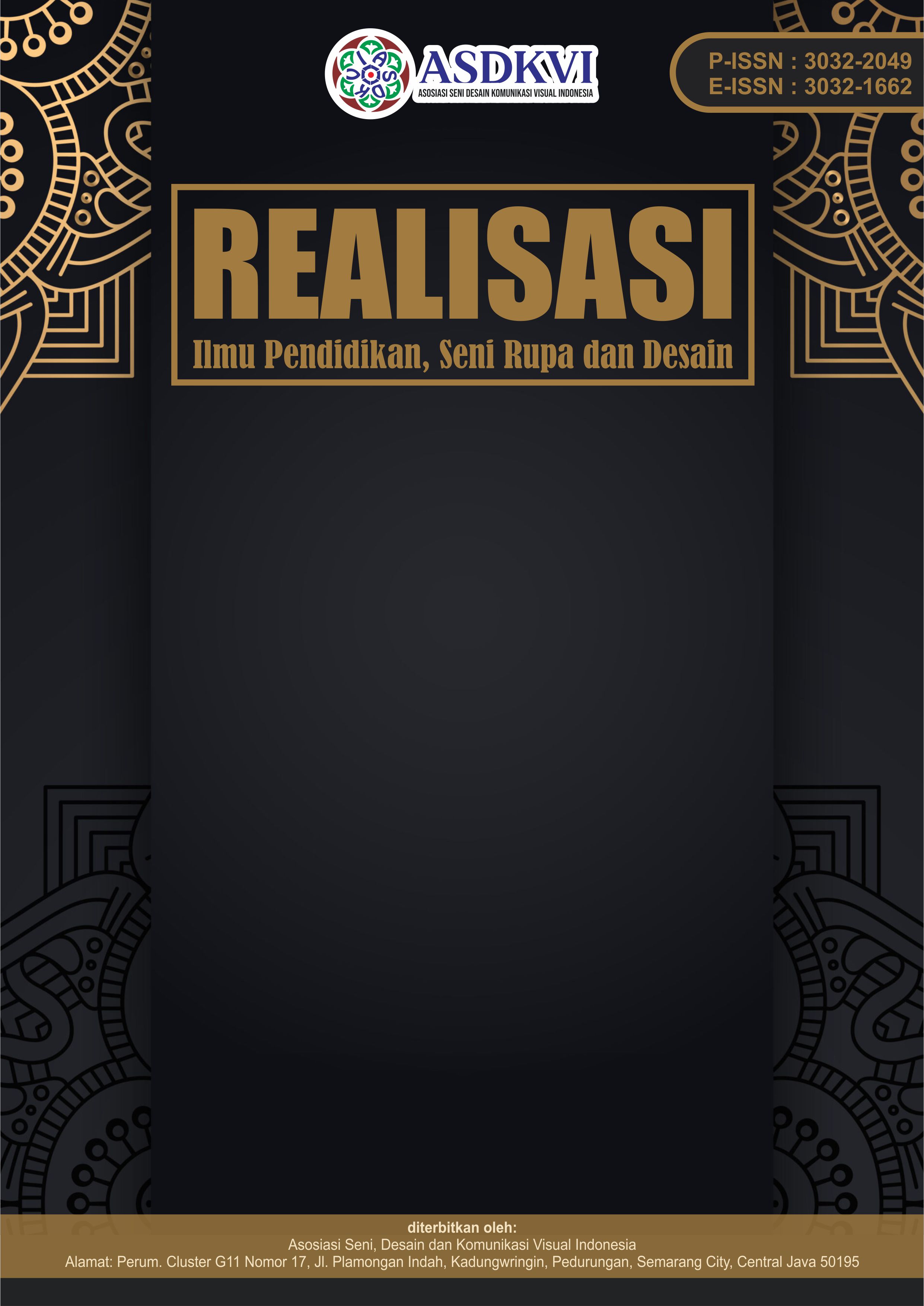Strategi Desain Arsitektur dalam Menghadapi Kepadatan Penduduk di Kota Tangerang Selatan
DOI:
https://doi.org/10.62383/realisasi.v2i3.651Keywords:
Architectural Design, Population Density, Mixed-Use Development, South TangerangAbstract
The rapid population growth in South Tangerang City has led to an increasing demand for housing, public facilities, and adequate community activity spaces. This phenomenon presents a challenge in providing proper and multifunctional spaces efficiently. This study aims to formulate architectural design strategies through a mixed-use development approach as a solution to mitigate the impact of population density in satellite urban areas. A mixed-methods approach, combining both quantitative and qualitative methods, was employed. Data were collected through questionnaires, field observations, spatial analysis, and in-depth interviews with residents and area users. Quantitative analysis was used to measure spatial needs and activity patterns, while qualitative analysis aimed to understand social preferences and local cultural contexts. The findings indicate that integrating residential, commercial, and public facility functions within a single area can improve land-use efficiency, reduce daily mobility, and strengthen inclusive social interaction spaces. The proposed design strategies include vertical spatial organization, flexible zoning, and the provision of green open spaces that support social and ecological sustainability. This research provides a foundation for the development of adaptive, participatory, and sustainable architectural designs for high-density urban areas such as South Tangerang City.
References
Acsazha, A. D. (2020). Perpustakaan Universitas Tadulako dengan Konsep Ruang Transisi (Doctoral dissertation, Institut Teknologi Sepuluh Nopember).
Alexander, C., Ishikawa, S., & Silverstein, M. (1977). A Pattern Language: Towns, Buildings, Construction. Oxford University Press.
Al-Fadli, M., Ramadhan, I., & Siregar, A. (2019). Konsep desain superblok dengan pendekatan ekologis di Kota Medan. Jurnal Arsitektur dan Perkotaan, 8(1), 55–66.
BPS. (2023). Kota Tangerang Selatan Dalam Angka 2023. Badan Pusat Statistik Kota Tangerang Selatan.
Creswell, J. W., & Plano Clark, V. L. (2011). Designing and Conducting Mixed Methods Research (2nd ed.). Sage Publications.
Gehl, J. (2010). Cities for People. Island Press.
Grant, J. (2002). Mixed use in theory and practice: Canadian experience with implementing a planning principle. Journal of the American Planning Association, 68(1), 71–84.
Jacobs, J. (1961). The Death and Life of Great American Cities. Random House.
Jencks, C. (2005). The Iconic Building: The Power of Enigma. Frances Lincoln.
Le Corbusier. (1923). Towards a New Architecture. Dover Publications.
Newman, P., & Kenworthy, J. (1999). Sustainability and Cities: Overcoming Automobile Dependence. Island Press.
Olgyay, V. (2015). Design with Climate: Bioclimatic Approach to Architectural Regionalism. Princeton University Press.
Patarai, H. M. I. (Ed.). (2010). Kota Dunia Makassar dan Kota-Kota Lain (Sebuah Telaah) (Vol. 1). De La Macca.
Rahmawati, R., & Irawati, F. (2022). Perencanaan Partisipatif dalam Pengembangan Kawasan Urban. Jurnal Kota Berkelanjutan, 7(2), 89–102.
Sufianti, E., Sawitri, D., Pribadi, K. N., & Firman, T. (2013). Proses kolaboratif dalam perencanaan berbasis komunikasi pada masyarakat non-kolaboratif. MIMBAR: Jurnal Sosial dan Pembangunan, 29(2), 133-144.
Turner, J. F. C. (1976). Housing by People: Towards Autonomy in Building Environments. Marion Boyars.
UN-Habitat. (2020). World Cities Report 2020: The Value of Sustainable Urbanization. UN-Habitat.
Van der Rohe, L. M. (1950). Less is More [Prinsip Desain Modernis].
Wijanto, H., Sutanto, H., & Heryanto, B. (2011). Tantangan teknis pembangunan gedung tinggi mixed-use di Jakarta: Studi kasus Central Park. Jurnal Teknik Sipil dan Arsitektur, 15(2), 100–109.
Yeang, K. (1999). The Green Skyscraper: The Basis for Designing Sustainable Intensive Buildings. Prestel.
Zukin, S. (1995). The Cultures of Cities. Wiley-Blackwell.
Downloads
Published
How to Cite
Issue
Section
License
Copyright (c) 2025 Realisasi : Ilmu Pendidikan, Seni Rupa dan Desain

This work is licensed under a Creative Commons Attribution-ShareAlike 4.0 International License.





